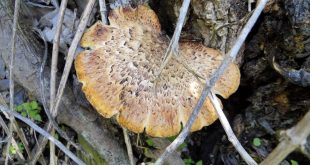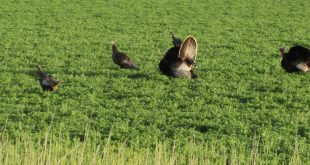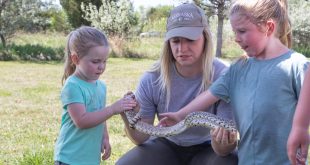LINCOLN – The presence of chronic wasting disease (CWD) in Nebraska deer has spread eastward, according to findings by the Nebraska Game and Parks Commission.
The Commission conducted a CWD sampling operation in its Northeast District deer check stations during the 2015 November firearm deer season. Three samples tested positive for CWD. Those samples were taken from deer harvested in Boone, Nance and Harlan counties. The deer taken in Harlan County, which is in south-central Nebraska, had been taken to a northeastern Nebraska check station, so it was included in the testing.
A total of 759 deer was sampled in three deer management units; Missouri, Elkhorn and Loup East. The deer from Boone and Nance counties were in the Loup East unit. No extensive sampling for CWD had taken place in these units since 2008, when no positive deer were found.
The goal of this sampling effort is to assess the spread and prevalence of the disease through periodic testing in each region of the state, which in turn helps biologists predict when and if future effects on deer numbers may occur. Testing will take place in the Southeast, Southwest and Northwest districts in the next several years.
Although present in Colorado and Wyoming for several decades, CWD was first discovered in Nebraska in 2000 in Kimball County. Since 1997, Commission staff have tested nearly 49,000 deer and found 292 that tested positive. CWD has been found in 30 Nebraska counties, but no population declines attributable to the disease have yet occurred.
CWD is prion disease that attacks the brain of an infected deer and elk, eventually causing emaciation, listlessness, excessive salivation and death. It is generally thought that CWD is transmitted from animal to animal through exchange of body fluids, but other modes of transmission may exist.
According to the Centers for Disease Control and Prevention, no person is known to have contracted CWD and the human health risks from eating an infected deer appear to be extremely low to nonexistent. Livestock and other animals not in the deer family also do not appear susceptible to CWD.
Hunters can help prevent the spread of CWD by using proper carcass disposal methods. CWD prions, the infectious proteins that transmit the disease, can remain viable for months or even years in the soil. Hunters should field dress animals at the place of kill, avoid spreading spinal cord or brain tissue to meat, and to dispose of the head (brain), spinal column and other bones at a licensed landfill.
Learn more about CWD at OutdoorNebraska.gov/cwd/.
 Nebraskaland Magazine
Nebraskaland Magazine



